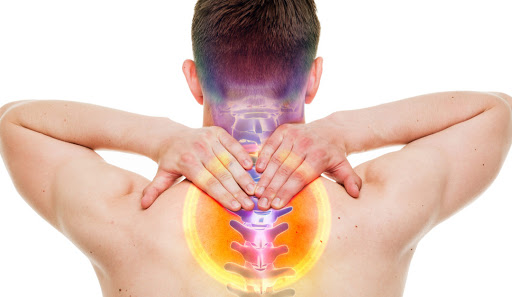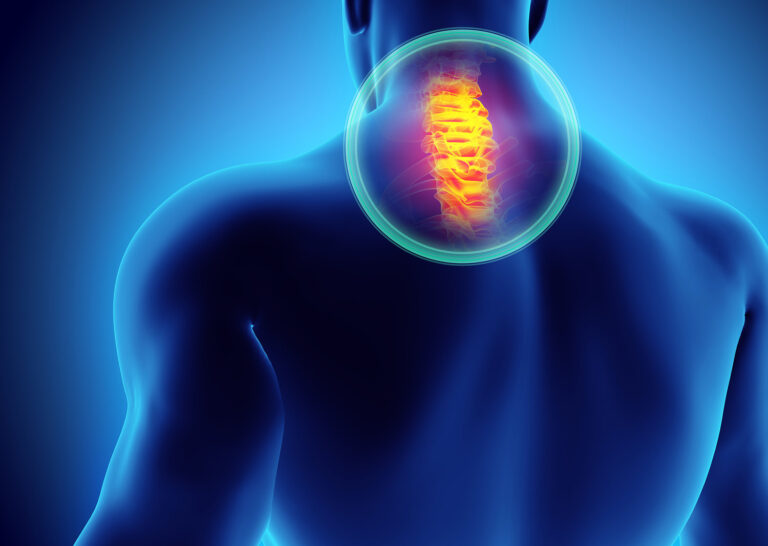What is
Myelopathy
Myelopathy is simply defined as a compression of the spinal cord. The spinal cord is a long, tubular bundle of nerves that serves as a pathway of communication signals between your brain and your body. It is located inside your spinal canal that runs almost its entire length. Your spine, also termed as the vertebrae, functions as protection of your spinal cord.
What are the Signs & Symptoms of Myelopathy?
Myelopathy has wide range of signs and symptoms. The pressure on the nerves can cause problems on almost any part of your body. Myelopathy results from compression of the spinal cord may cause weakness of the hands and/or legs, problems with walking, balance, and coordination. Loss of normal bowel, bladder, or sexual function may develop. The condition is often painless, unless accompanied by radiculopathy, which is compression of a nerve root, which may cause radiating pain.

How do you Describe Myelopathy?

Myelopathy is defined as abnormal function of the spinal cord. It has many causes:
- Spinal cord compression due to herniated disc, bone spur, etc.
- Bleeding/vascular malformation
- Tumor or cyst
- Abscess or infection
- Autoimmune diseases/multiple sclerosis
- Trauma
- Spinal deformity (kyphosis, spondylolisthesis)
Myelopathy is a concerning condition because it can result in loss of the use of hands or the ability to walk if left untreated. Once spinal cord damage occurs, it is often not fully reversible. Myelopathy can arise at any level of the spinal cord but most commonly arises from a problem in the neck. The usual time course for symptoms of myelopathy is a gradual onset and slow progression over months and years. Myelopathy more commonly affects adults age 50 and older.
Treatment options depend on the presenting signs and symptoms. You may benefit from prescription medications or from physical therapy. If myelopathy doesn’t respond to these non-invasive treatment options, your doctor may recommend surgery to relieve the spinal cord compression.
Treatment for myelopathy is based upon the underlying cause. Physical therapy and observation over time can be recommended in mild cases. Tumors and bleeding are often treated with surgical removal for diagnosis and treatment. Multiple sclerosis and inflammatory disorders are generally treated with immune suppression.
Anterior decompression includes removal of disc (discectomy) or removal of the vertebral body (corpectomy). These procedures are accompanied by either fusion or artificial disc replacement.
Posterior decompression includes removal of the lamina (roof of the spinal canal), also known as a laminectomy. This procedure may be accompanied by fusion with screws and rods. Widening of the spinal canal is also sometimes possible without complete removal of the lamina. This is known as laminoplasty.
What are the Treatment Options for Myelopathy?

Request An APPOITMENT
Fell free to contact us with any questions or concern regarding Back/Neck pain.